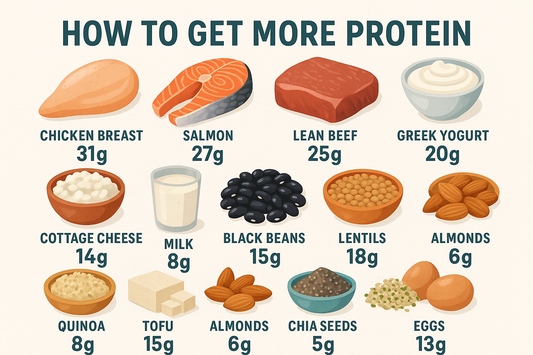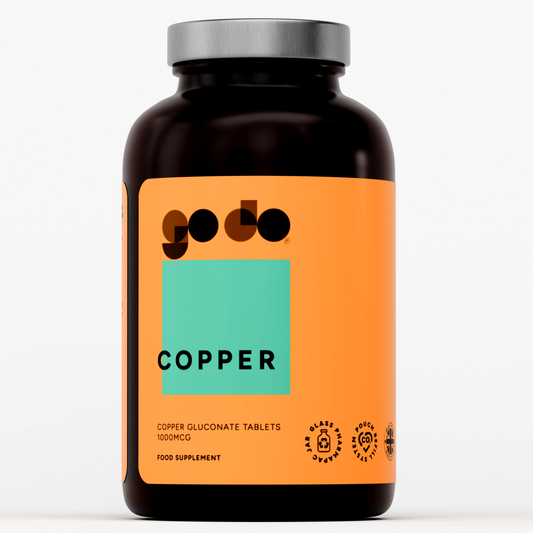
This is a question asked by many people, but the answer isn’t always that simple. As each individual has different fitness levels and different goals, there is no one-size-fits-all response to tell you how hard is hard enough for you.
However, there is one simple way to tell that you are working out hard enough to see results yet not so hard so as to hurt yourself. It is called your Rate of Perceived Exertion, or RPE.
Rate of Perceived Exertion
Because we all have different capabilities and fitness levels, 10 crunches may be enough for one person whereas another person may need to do 30 crunches to get the same results. That means that the best scale to use is one that each person can use to correlate with their own abilities.
The Rate of Perceived Exertion is simply how intense you feel the workout is on a scale of 1 to 10, with one being so easy you could do the movement all day long and ten being so hard that you cannot stomach the idea of doing one more rep. Where you fall on this scale will determine the results that you will get.
How to Use It
Ideally, you want your warm-ups to be somewhere in the 5 range; not too hard and not too easy. Your goal is to get your body loose and ready to engage in some more strenuous exercise.
For the workout portion of your exercise regimen, aim for a 7 to 8 RPE. You want to work out hard, but not so hard that you overdo it. Be sure to watch your form so that you don’t injure yourself.
If you do intensity interval training, your top out RPE during the high intensity phases should be a 9 or 10. That way you know that you’ve hit it as hard as you can, but you are only sustaining this rigorous exertion for minimal time.
Your cool-down should mimic your warm-up and be back to a 5, thereby allowing your body to decrease its heart rate slowly and naturally.
Work out using this method and you’ll never have to ask if you are working out hard enough ever again. You’ll already know the answer to that question quickly and easily.










